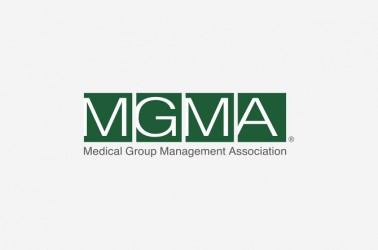
While the AAAHC, Joint Commission, NCQA and URAC define their standards differently, each shares a similar focus: to identify medical practices that exemplify the patient-centered medical home principals and practices while setting a standard for other practices to achieve. Each organization’s PCMH program is based on the Joint Principles of the PCMH developed by the four medical associations that developed the PCMH concept:
Although none of these programs address the sixth Joint Principal, payment, they realize that their standards are the basis for many healthcare organizations to receive an enhanced payment.
The AAP, AAFP, ACP and AOA first published The Guidelines for the Patient-Centered Medical Home in 2007, which predates every PCMH accreditation/recognition program. The earliest organization to formally recognize a PCMH practice was the NCQA, which modified an existing program to create the Physician Practice Connections – Patient-Centered Medical Home (PCPC-PCMH) assessment tool to fit within The Guidelines for the Patient-Centered Medical Home. The AAAHC, Joint Commission and URAC created their programs subsequent to the publication of the guidelines, which explains why the four programs are in substantial compliance with the guidelines.
The organizations differ in how they determine whether a practice is qualified to be a PCMH in their programs. The AAAHC, Joint Commission and URAC utilize an on-site surveyor to assess practice performance and compliance with their PCMH standards. An on-site surveyor can better evaluate the patient experience and how well the practice meets a specific standard. An on-site survey also provides immediate feedback, allowing for corrective actions, and can educate staff on how to improve patient services. However, an on-site survey may significantly increase the cost of PCMH accreditation/recognition. The NCQA utilizes a process of self attestation and submitted documentation to indicate that a practice meets its standards. This provides a less costly program, but runs the risk of a practice not fully complying with a standard. To minimize this problem, the NCQA has developed an extensive review program and audits 5 percent of submissions to validate compliance

